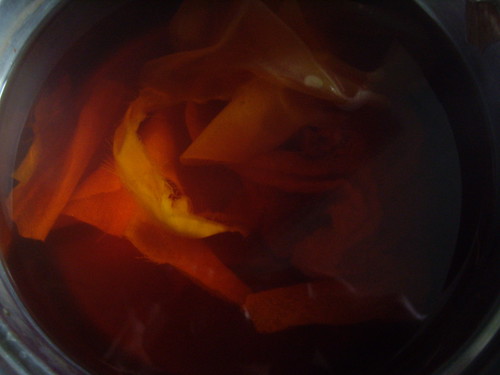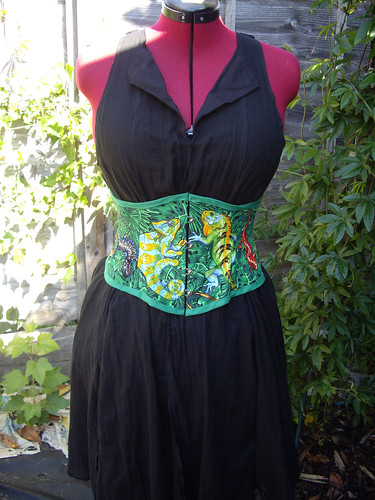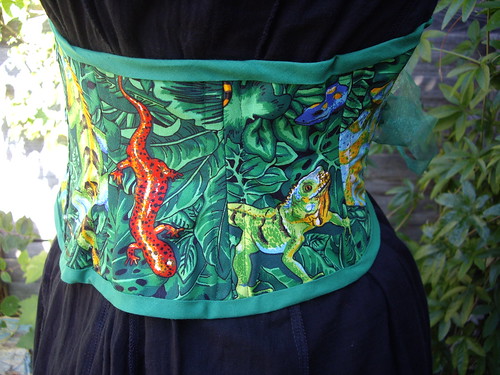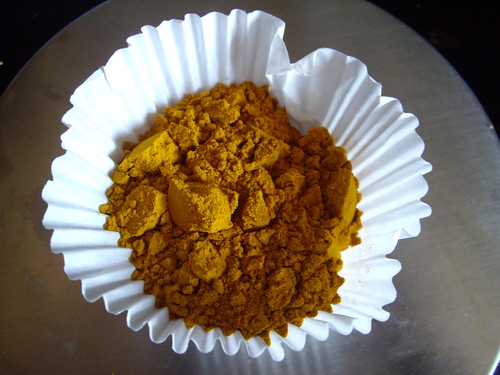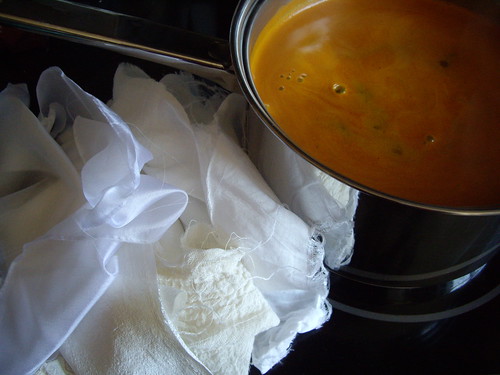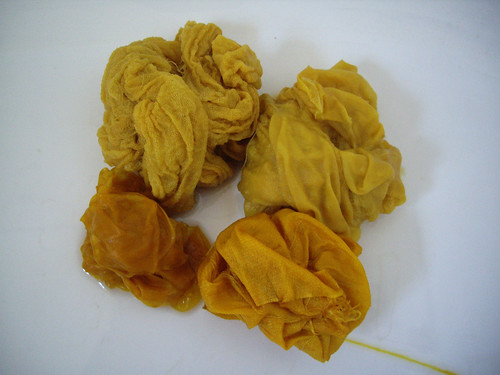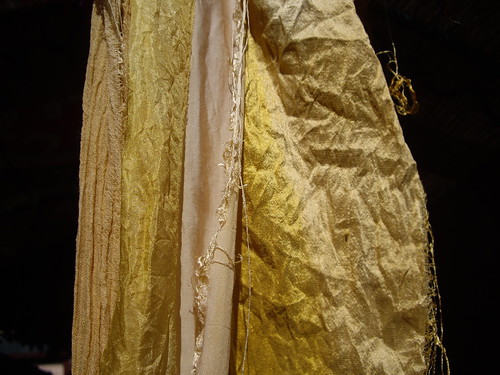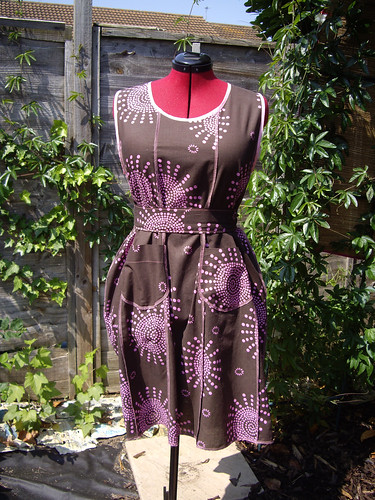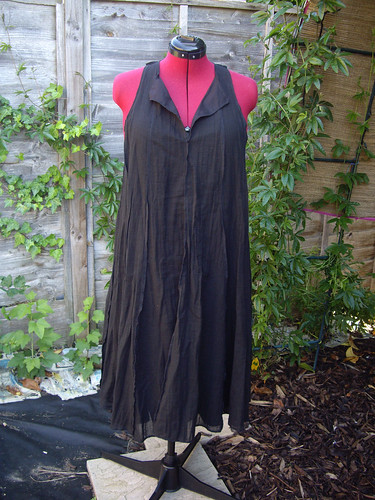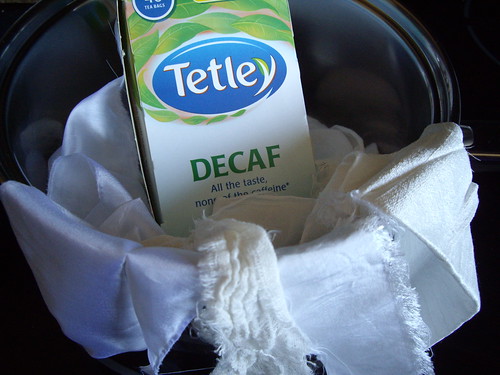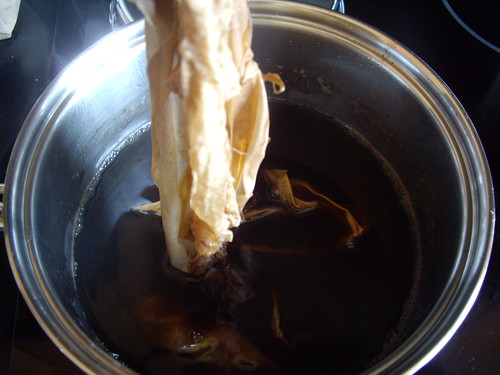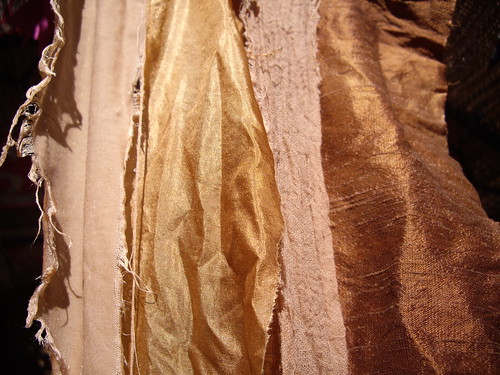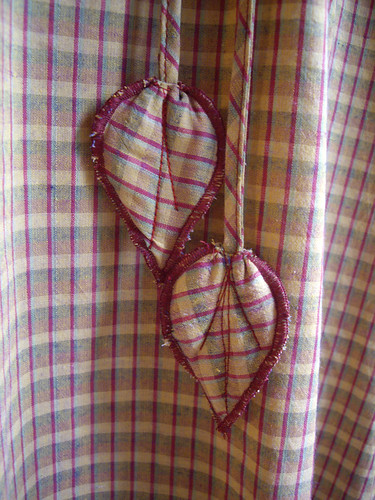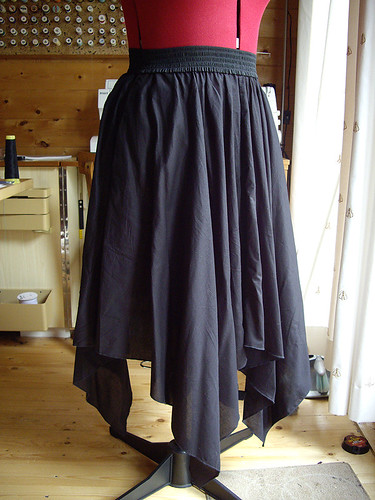Please forgive me while I get a little bit over-excited for a minute.
Way back in the mists of time, I ran a t-shirt printing company. We used the best quality t-shirts we could afford to buy at the time, but I wanted more. I wanted organic cotton. Sustainable production. Ethical business practices. And all of these things were sadly rather hard to find. I did buy some organic cotton t-shirts, and some Fair Trade ones, but most of the inventory I bought all those years ago is still sitting in my Shed. The fit wasn’t right, the colours weren’t right, and they were so much more expensive than ordinary t-shirts that nobody was willing to pay for them.
Fast forward to yesterday, when I was looking again for wholesale suppliers of organic t-shirts that I could use in my dyeing experiments. Imagine my excitement when I stumbled upon Continental Clothing. All of their garments are either organic, fairly traded, sustainably produced or a combination of all three. They have exemplary business practices, and even more exciting, the clothes they produce are so much more than just plain t-shirts!
I have grand plans for the racerback tunic shown above, for example, worn with a contrasting vest or t-shirt underneath. Think how pretty it would look in a patchy natural dye, with hand embroidery all around the neck and armholes…
Even better, and the thing that I’m extremely over-excited about, is the fact that they offer bespoke manufacturing! Okay, so a minimum order of 150 garments per size is out of my reach at the moment, but think of the possibilities! The tunic above would be fantastic as a dress, for example. Continental could make it for me, and I’d add the embellishments myself. It would work out significantly cheaper in the long run than me buying organic jersey at retail prices, making the clothing myself, and then embellishing it.
I’ve applied for an account with them, so I can start by buying a few sample garments for myself. I can then do lots of dye tests, and see how the different styles and fabrics fit, wash and wear. I can already imagine how several of the tops would go with many of the skirts I’ve made.
So, watch this space for hand-dyed t-shirts with added embroidery, lots of pockets and other pretty things!



